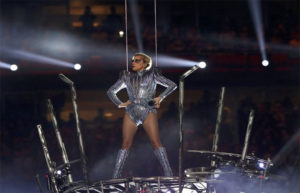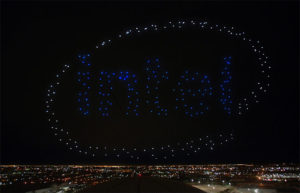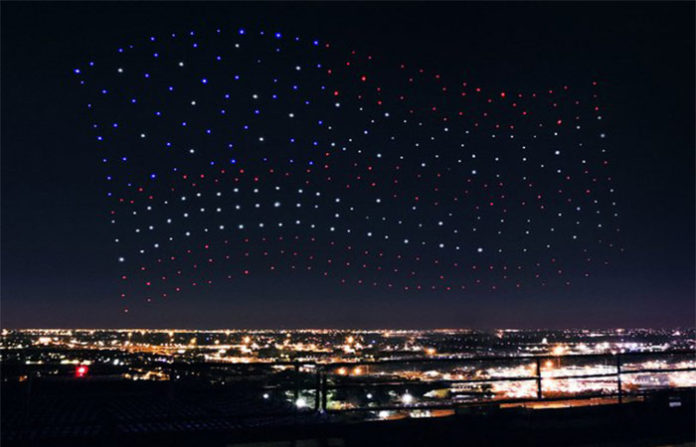Developing along with digital manufacturing; robotics and drone knows no limitations in use. Preferred in defence, aviation and industry segments, drones are now the new star of stage shows. Held for the 51st time this year, one of the most important sports event of USA, Super Bowl draws interest with half time shows as well as exciting games.

Witnessing amazing performances of differents artists each year, Super Bowl hosted Lady Gaga’da performance with drones, this year.
Intel stepped up to the plate and coordinated 300 flying drones in perfect synchronization. The task of wowing over 160 million people watching the halftime show was no small feat. Despite only taking up a little over a minute of the entire show, the drones had to immediately catch the crowd’s attention. Each foot-long drone comes equipped with LEDs capable of displaying over four billion color combinations. You don’t even notice the plastic and foam body while enjoying the well-coded dances.

Each drone’s movement connects individually with the computer system, much like how a synchronized swimmer moves as an individual but the whole team travels as a unit. The system itself can be transformed in seconds. If a drone should fall or short circuit, the computer will send up a backup drone with the reassigned code to finish the show.
The set used Intel’s Shooting Star drones, which weigh just 280 grams, or roughly the same weight as a volleyball. Each drone includes an LED strip which, collectively, can produce up to four billion color combinations. Impressively, all these drones intelligently work in tandem, and were controlled by a single pilot on the ground.
Super Bowl and drone technology

Shooting Star’s manufacturing process is said to be very easy, the drone’s pieces can be assembled in less than 15 minutes. Saying that drones has limitless potentials Intel New Technology Group Senior Vice President Josh Walden explained thusly; “We hope this experience to influence other artists and innovators about how they can integrate technology to their work. That way they can find new alternatives even we couldn’t think of.”
